For this week, the weekly challenge is based on the earthquake ruleset.
Ruleset: Earthquake

Effect: All non-flying units take 2 physical damage at the end of every turn.
More info:
- Flying units would not take earthquake damage.
- Flying units after being snared will be grounded so they will start taking 2 damage as well at the end of the turn.
- The shield will take the 2 damage first before the hp, unlike poison which deal damage directly to hp.
- Non-flying Monster with shield ability can reduce the 2 earthquake damage to 1.
Self Analysis
I usually perform quite badly for earthquake ruleset. I realise that there are a variety of play style for earthquake and some play style are more suitable for the certain range of mana allowed.
As such, i am still watching and learning for every earthquake ruleset that i played.
In my limited knowledge, the play style to play earthquake can generally be classified as
1. Focus on flying monster
This is the most logic thinking since most of the monsters are non flying. For a team of non flying monsters, that means the team is taking like 12 damages per turn. The best summoner to use for this style is needless to say
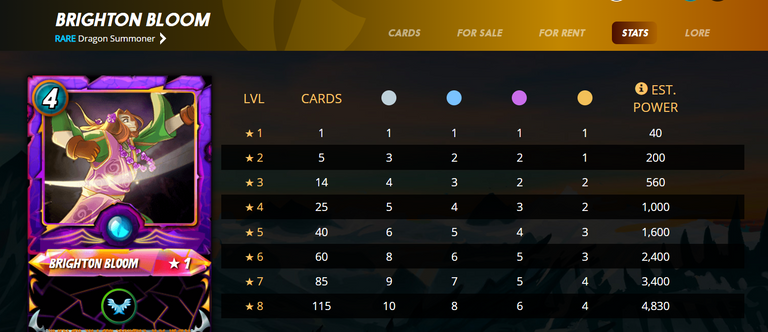
Brighton Bloom. It basically grant the whole team with flying ability.
2. Snaring flying monster
This is also the most logical counter to opponent strategy. However, this play style is seldom being used as there are equally as low amount of monsters with snare. When i see opponents using this strategy, they will usually combo with another strategy. Personally, i feel that one of the most powerful monster for this strategy is Grenadier at lv5 onwards.
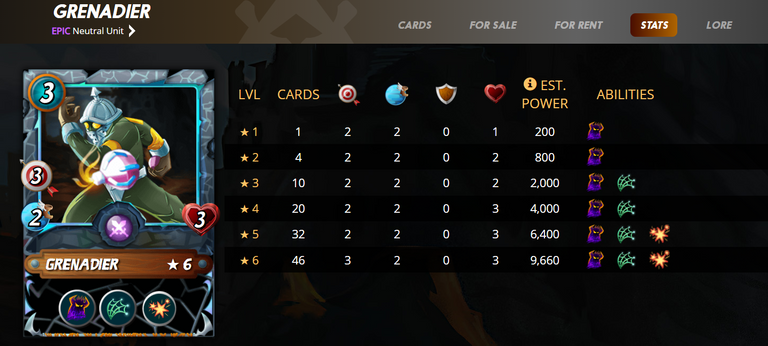
In the entire Splinterlands game, Grenadier is the only monster with both snare and blast ability. Despite the recent changes to blast ability, snare still can combo with blast effect. That means with one attack from grenadier, he can snare both 1st and 2nd position through blast. Sometime the ruleset even have snipe, so grenadier can one shot snare up to 3 monsters. Of course, you can still build this combo with summoners or rulesets.
If you are meeting those top tier players with complete card collections, then you can also except the opponent using this strategy to use the following summoner: Vera Salacia
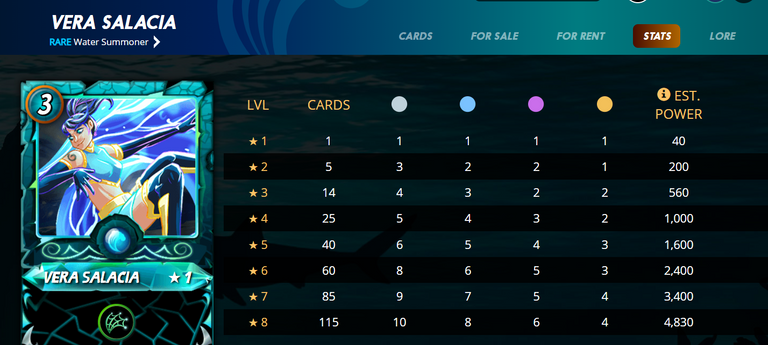
This summoner will grant the whole team with snare skill.
3. Blocking the earthquake damage
In general, this strategy is to make your monsters more lasting to tank the earthquake damage. There are actually a few ways to choose the suitable monsters.
Method 1: Choose those with high armor so they can last a few rounds.
Popular choice are Diemonshark with 6 armor or Djinn Chwala with 6 armor.
Method 2: Heal or tank heal ability
Usually these monsters have high hp so they can heal to recover the hp lost by earthquake. Popular choice can be Baakjira or even 3 mana Angelic Mandarin can make wonders at time.
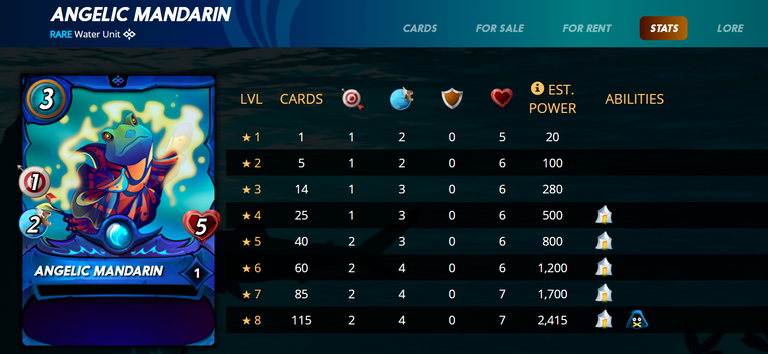
Method 3: Shield ability
This reduce the earthquake damage to 1. One of the top modern choice is Carnage Titan.
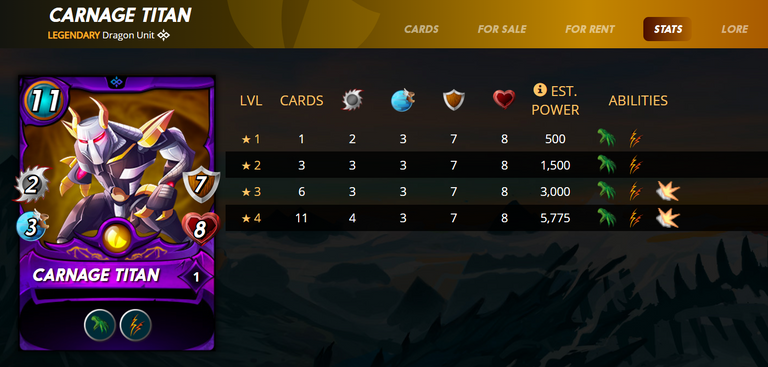
With shield ability and 7 armor, Carnage titan basically can treat earthquake as non existance.
Method 4: Building armor to tank for 1 additional round.
Usually Earthquake game are fast pace, so lasting for 1-2 more rounds make a huge difference. So Protect or repair skill can be important here. Dont be surprised when you see opponent use Drake of Arnak summoner.
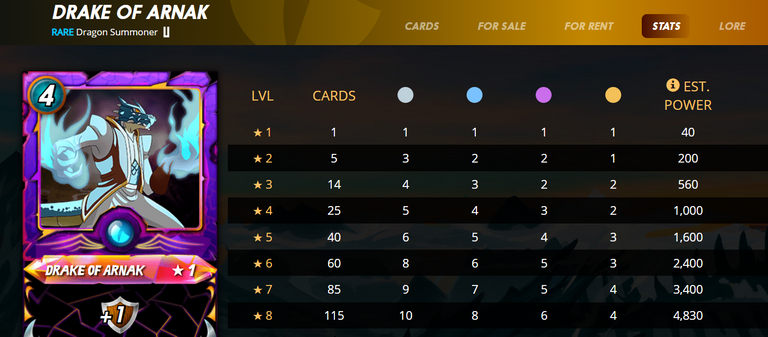
This 1 armor can tank one round of earthquake and that can sometime turn the game around.
Method 5: Leeching
This is often a method overlook but when it is working, it is super annoying. Basically, the monster can survive forever while damaging you. One of the most popular choice is Merdhampir.
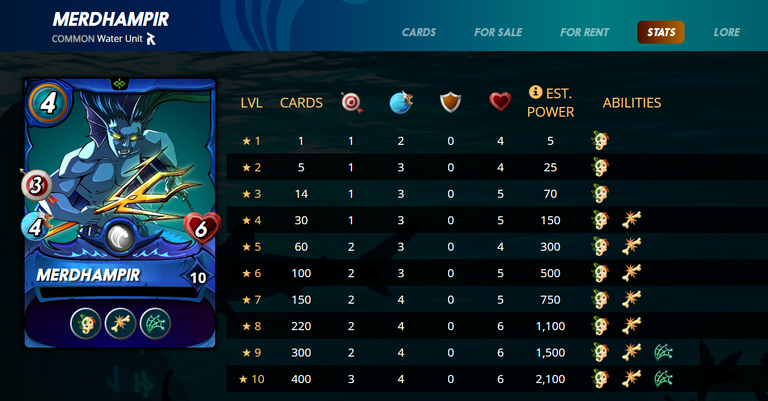
So when it hit, it can gain 2 hp to counter the 2 earthquake damage. It can also cripple monsters so making healing strategy like Baakjira to be non-effective in the long run. It also has snare ability!
Overall, i may have missed out more strategies that i have yet to discover.
Battle URL:
https://splinterlands.com/?p=battle&id=sl_3776f35033bf60ebd7fe335bb6beffae
Strategy:
- Keyla to provide that one armor.
- Use Baakjira for the sniper ruleset to tank all the magic and range. With its high hp and heal and void, it can tank and reflect range attack, it can reduce magic attack and hopefully the heal can make it survive for several round.
- Merdaali Guardian for its repair.
- Another small effect is Merdaali strengthen skill to stack with Baakjira's, so the whole team has 2 bonus hp to last for 1 more additional round.
- Fast speed Pelacor Bandit with flying ability to deal damage to the back.
- Diemonshark for its high armor and even retaliate, and i dont have to worry that it will take range or magic damage.
Round 1
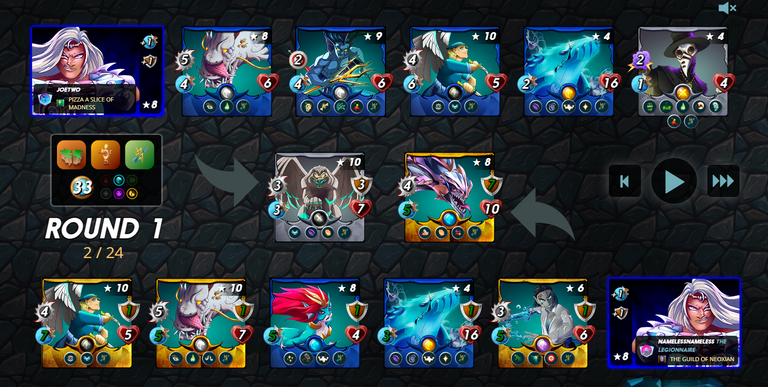
This is the lineup for both team.
Round 2
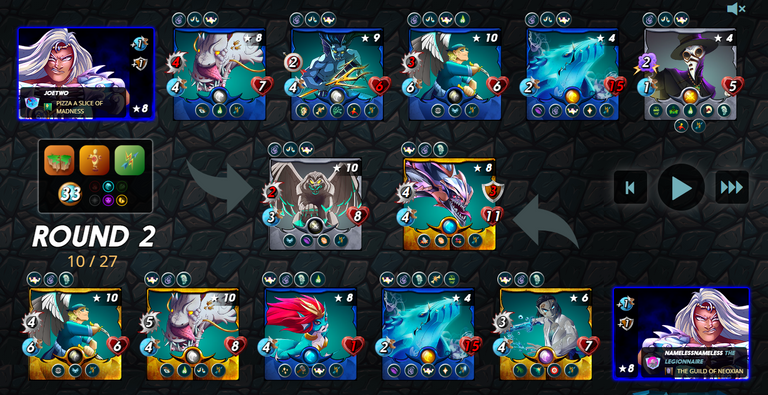
You can see that my Merdaali is only left with 1 hp. I am also worried about my baakjira cause it got afflication by doctor blight on 1st turn.
Round 3
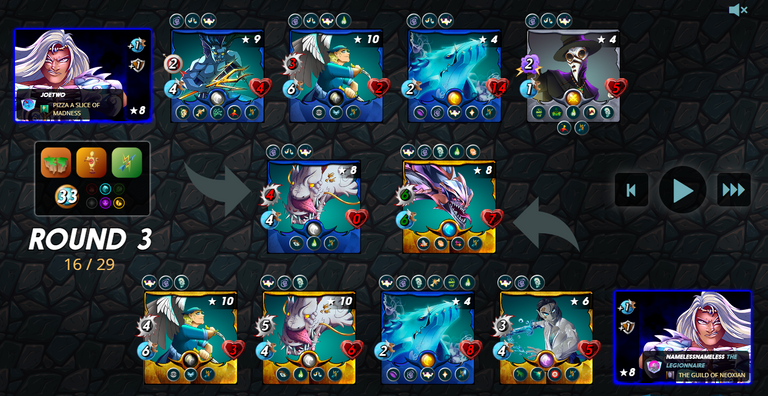
What really amazing thing that happen in round 2 is that before my Merdaali die, it repair 2 armor for Diemonshark. Because of that, Diemonshark manage to tank a 4 melee attack from deeplurker. As you can see, at the start of round 3, the enraged diemonshark went first and it killed deeplurker and trample merdhampir to death too.
Round 4
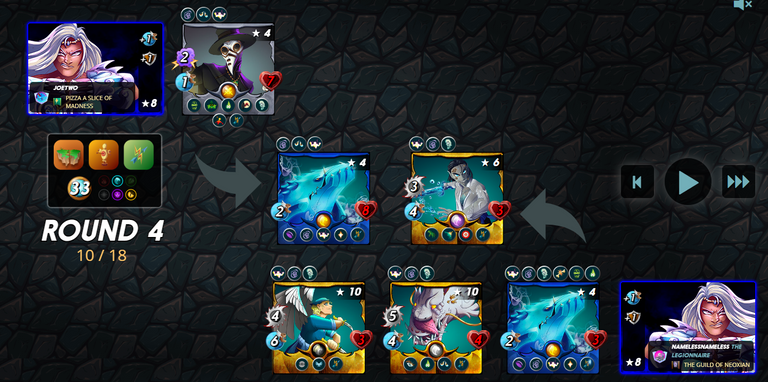
This is how the start of round 4 looks like. With multiple damage from my 3 monsters, once baakjira is taken down and 2 of my melee monster still can survive for another round. It is quite obvious how this match will end.
Conclusion
As you can see, despite Merdhampir is such a good choice in earthquake ruleset, the return fire ruleset make it quite useless. I try not to use any range or magic monsters. What i am really curious is whether merdaali or angelic is the better choice for the slot. I think if the opponent has use angelic instead of merdhampir and swap the place with baakjira, there is a chance i may end up losing the game.







